No shoes, No problem! Diving in the Maldives.
Located in the Indian Ocean, the Maldives, a South Asian Shagrai-La, is comprised of nearly 1,200 islands, less than 300 of which are inhabited. Mention the Maldives and images flicker in our minds of honeymooners luxuriating in lavish overwater bungalows, pearly white secluded beaches that seem to stretch to infinity, and solitary palm trees leaning lazily over turquoise waters on deserted sandbars. Historically, ritzy resorts, each allocated to their own exclusive island, with exorbitant price tags to match, were the only way tourists could access the islands. In 2010, the Maldives expanded its tourism industry by opening up local islands to tourists in ten of its twenty six atolls. This subtle liberalization has generated a surge in accommodations and has redesigned the Maldives into a destination accessible for travelers at most price points.
Holidaying on a local island, while more economical, is not without compromise. The difference between staying on an uninhabited resort island versus a local island showcases the stark contrast and schizophrenic approach the government takes to adhering to Maldivian customs. The Maldivian constitution designates Islam as the state religion, mandates citizens be Muslims, and imposes certain sharia punishments under the revised penal code. Upon arrival, visitors are handed landing cards which delineate items that are prohibited from importation including pork, alcohol, and even dogs. Although resort islands exist in a bubble where hedonistic devil-may-care policy exists, local islands adhere to a conservative lifestyle. Alcohol is prohibited on inhabited islands and local women conform to strict head-to-toe Islamic dress, which means guests must dress modestly as well. Western style bathing suits are confined to an island’s “bikini beach”, a strip of sand blocked off with privacy fences which serve to sequester Westerners from the prying eyes of the Dhives, islanders, who are barred from visiting the beach. However, with the payment of a resort fee and passage on a speed boat, travelers may sample neighboring resorts via day trips, providing frugal adventurers with the opportunity to be pampered and indulge in fruity, alcoholic drinks like their more well-heeled brethren.
Scuba diving lures many travelers to the Maldives with the most dazzling dive sites located further away from the capital of Malé in the more remote atolls. Although the Maldives has suffered reef bleaching due to the 2004 Tsunami and higher than normal water temperatures, it still offers some of the most spectacular dive sites in the world. With visibility often at 30 meters, water temperatures hovering between 80-86°F year-round, and abundant marine life, the Maldives is a world class diving destination.
Dhighura island in the South Ari Atolls, the second largest atoll, is where I based myself. Nearly 600 Maldivians call this island, 4 kilometer in length, home and for five days so did I. As an avid diver, I had come with the hopes of spotting the docile whale sharks, the largest of all sharks, and one that has long eluded me. The Ari Atolls provide the best chance of encountering large marine life such as Napoleon wrasses, grey, white, and black tipped reef sharks, hammerheads, whale sharks, eagle rays, and manta rays as well as a host of colorful reef fish. Currents are strong in this area so diving is best reserved for intermediate and advanced divers.
Diving in the crystalline, cerulean blue waters of the Indian Ocean where aquatic life abounds in nutrient-rich water is unparalleled. Many dive sites in the South Ari Atolls have large rock pinnacle walls, or thilas as they’re called in the local Dhivehi language. These thilas sprout up from the sea floor to create cliffs, swim-throughs, and overhangs where soft coral and sponges have taken up residence and coral fans sway back and forth, dancing with the current.
One particular noteworthy thila is Kudarah Thila, which as the first marine protected area in the Maldives is brimming with fish. A challenging yet epic dive. We experienced strong cross-currents, which meant we always swam against the current. The current was so vigorous that at times I had to hold onto one of the dive masters and my dive buddy, Mohammed, a jovial, Peter Pan like islander who seemed to have never grown up. He navigated the waters so effortlessly that I am convinced he is part merman. A large turtle who had sought sanctuary under a rock, greeted us upon us reaching depth. The sun shone brightly through the transparent waters, illuminating the schools of bright yellow oriental sweetlips and red toothed triggerfish as they congregated in the valley between two reefs. Angelfish, powder blue surgeonfish, clown triggerfish, humpback snappers, butterfly fish, and a host of the “usual suspects” transformed Kudarah into a magical underwater Alice in Wonderland.
Manta Point is another protected area, where as its namesake suggests, manta rays, year round residents, are the indisputable star attraction. Manta Point is an easy drift dive where divers and snorkelers alike view an impressive and bountiful array of fish such as moray eels, empress fish, grouper, jack fish, lion fish, and clown fish (yes, we found Nemo), along the way to the ultimate destination, one of the “cleaning stations.” Mantas visit cleaning stations to have smaller fish, such as wrasses, “clean” their bodies by removing parasites. We spied 8 mantas during our dive. They materialized out of nowhere from the dark abyss, appearing as if by magic, as they glided towards us. Their movements were graceful and birdlike as they fluttered their wings propelling themselves through the water while offering free rides to feeder fish, hitchhikers attached to their underbellies. These friendly and curious giants would swim close enough to me that I could have touched them, a big ecological no-no.
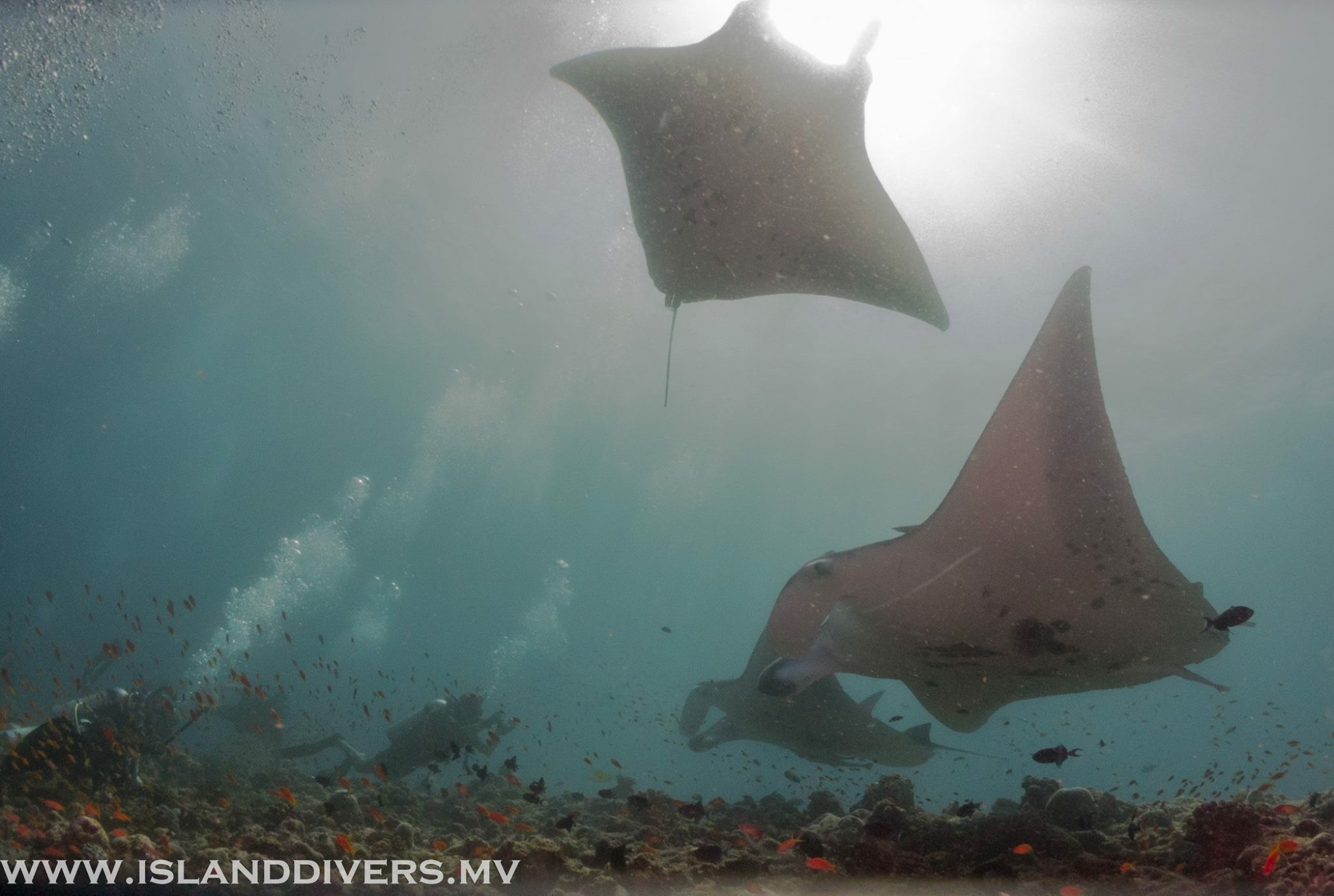

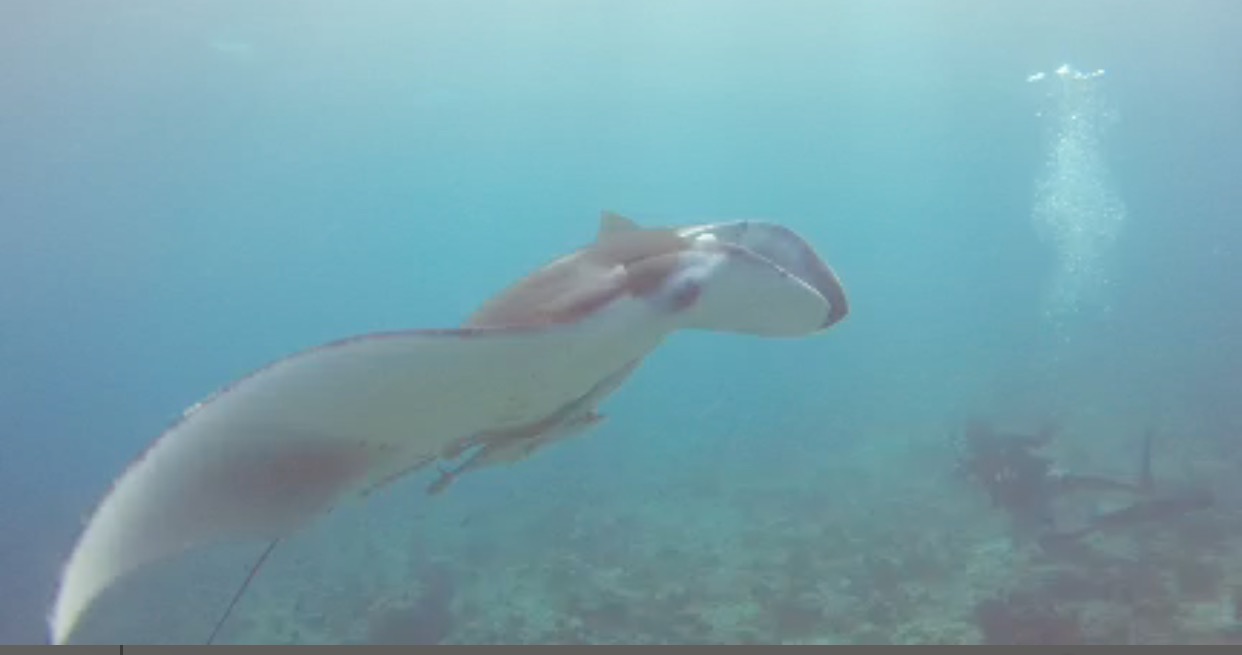

Proving to be shier than the manta rays, I never saw a whale shark, and it remains my white whale. The surreal experience of swimming with manta rays was a highlight during my diving career and I am blessed for having had the opportunity.

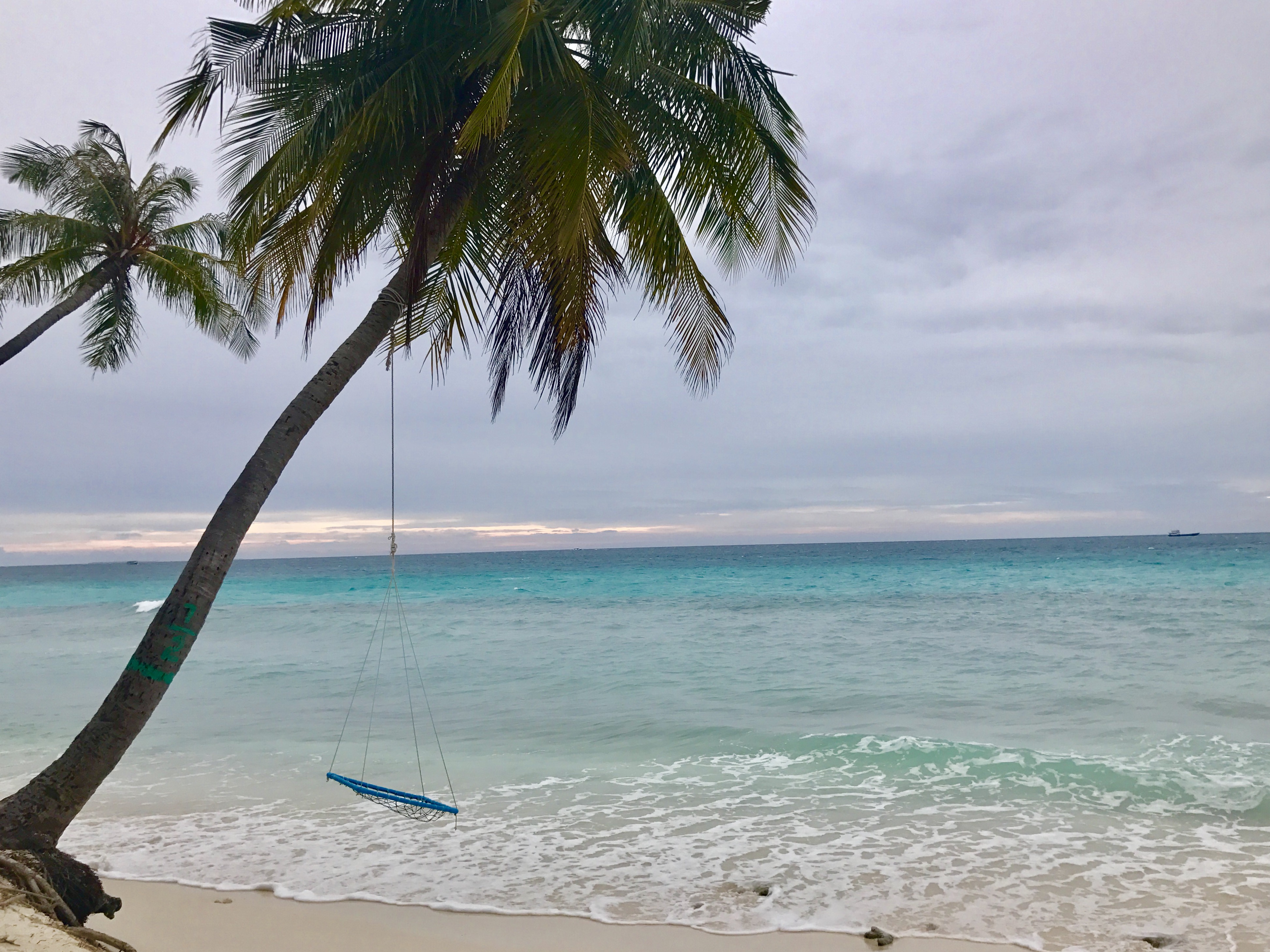
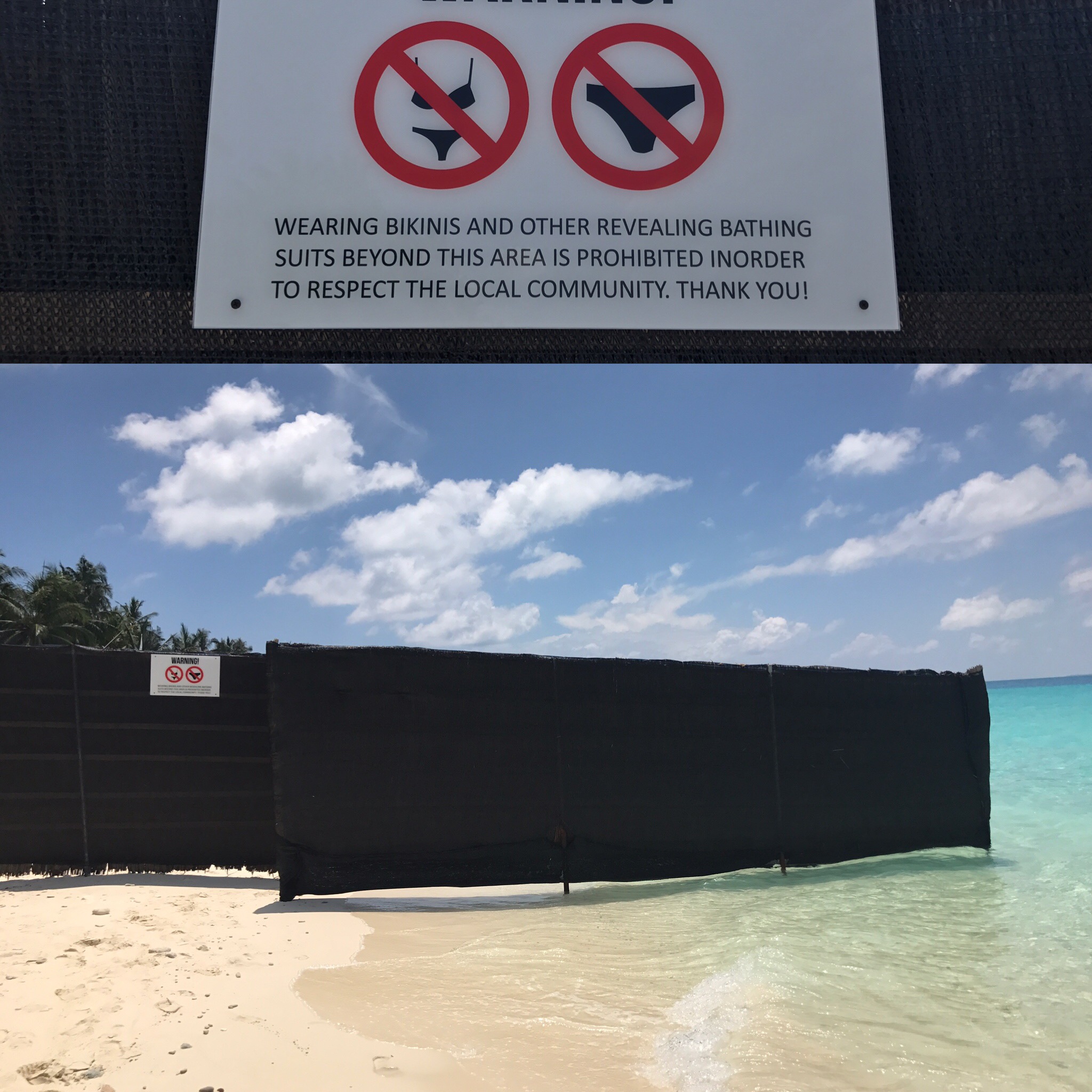
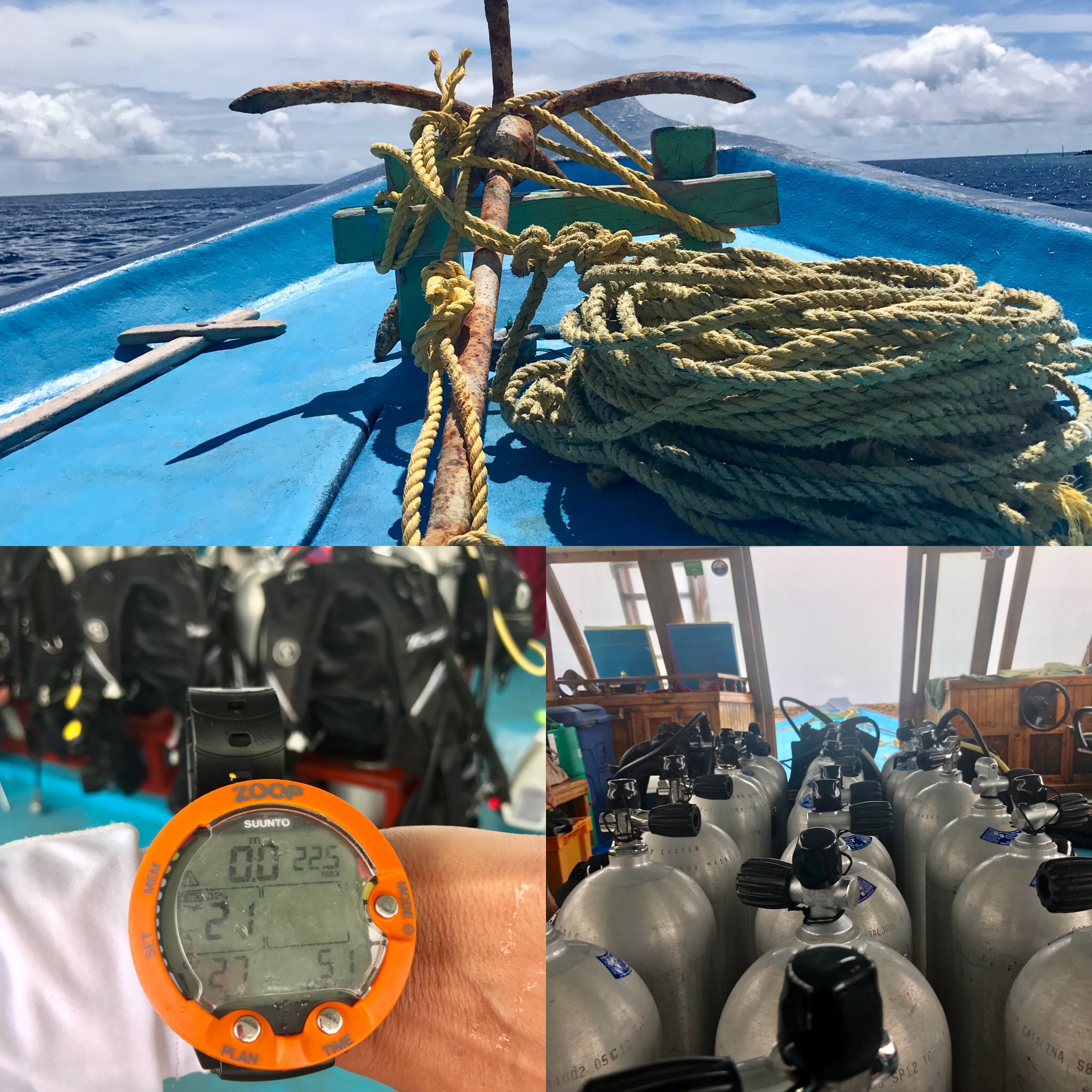
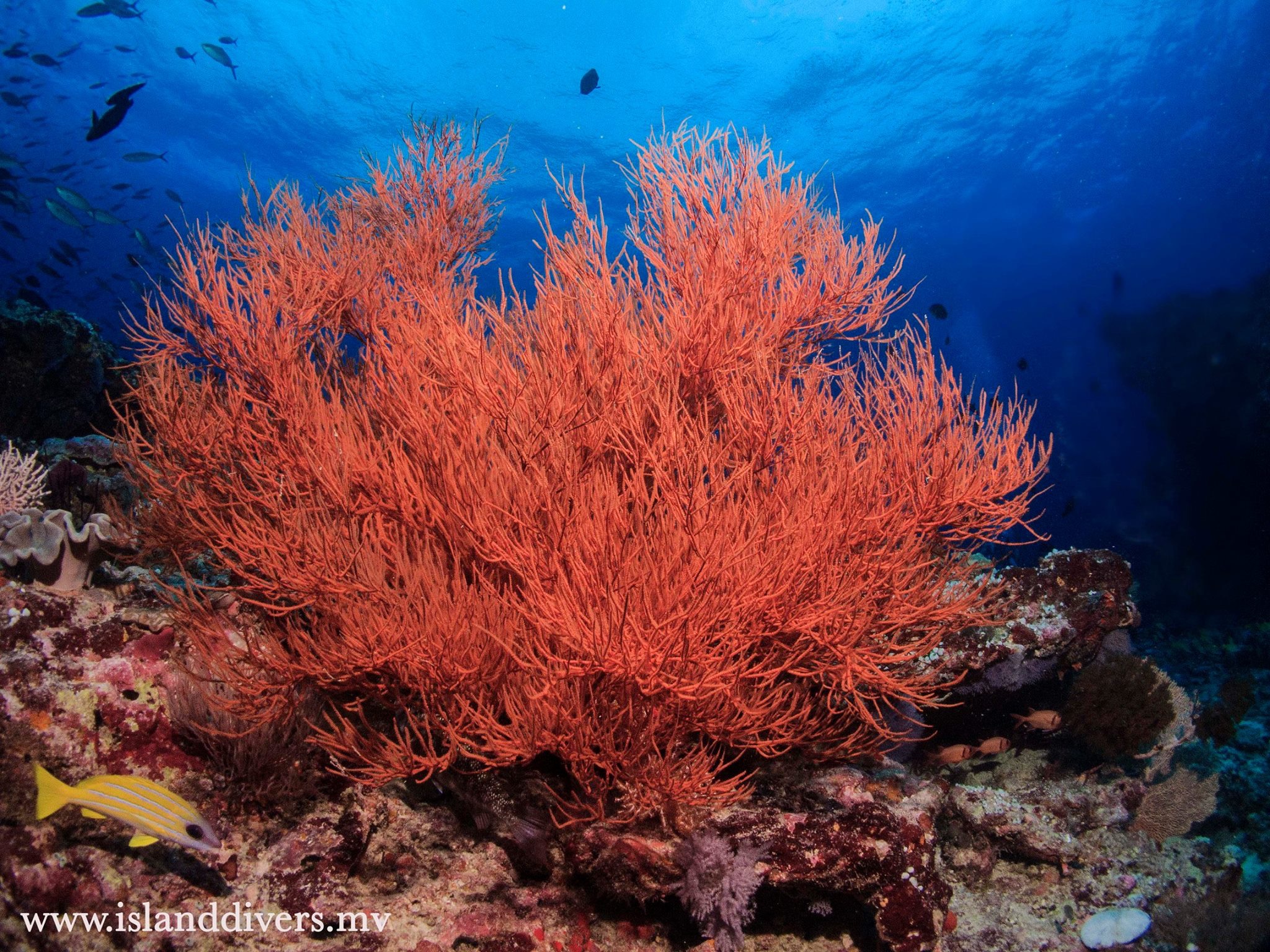
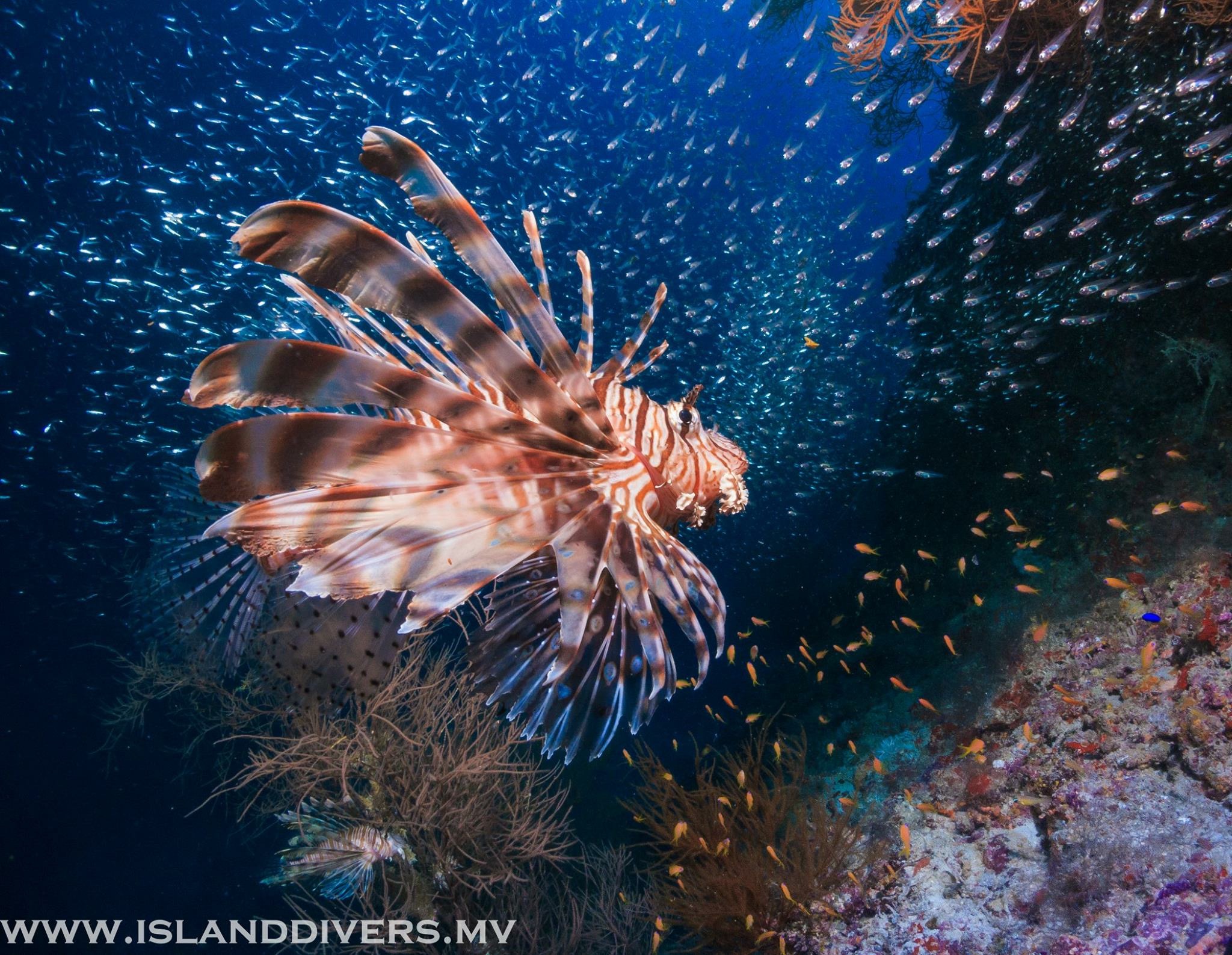
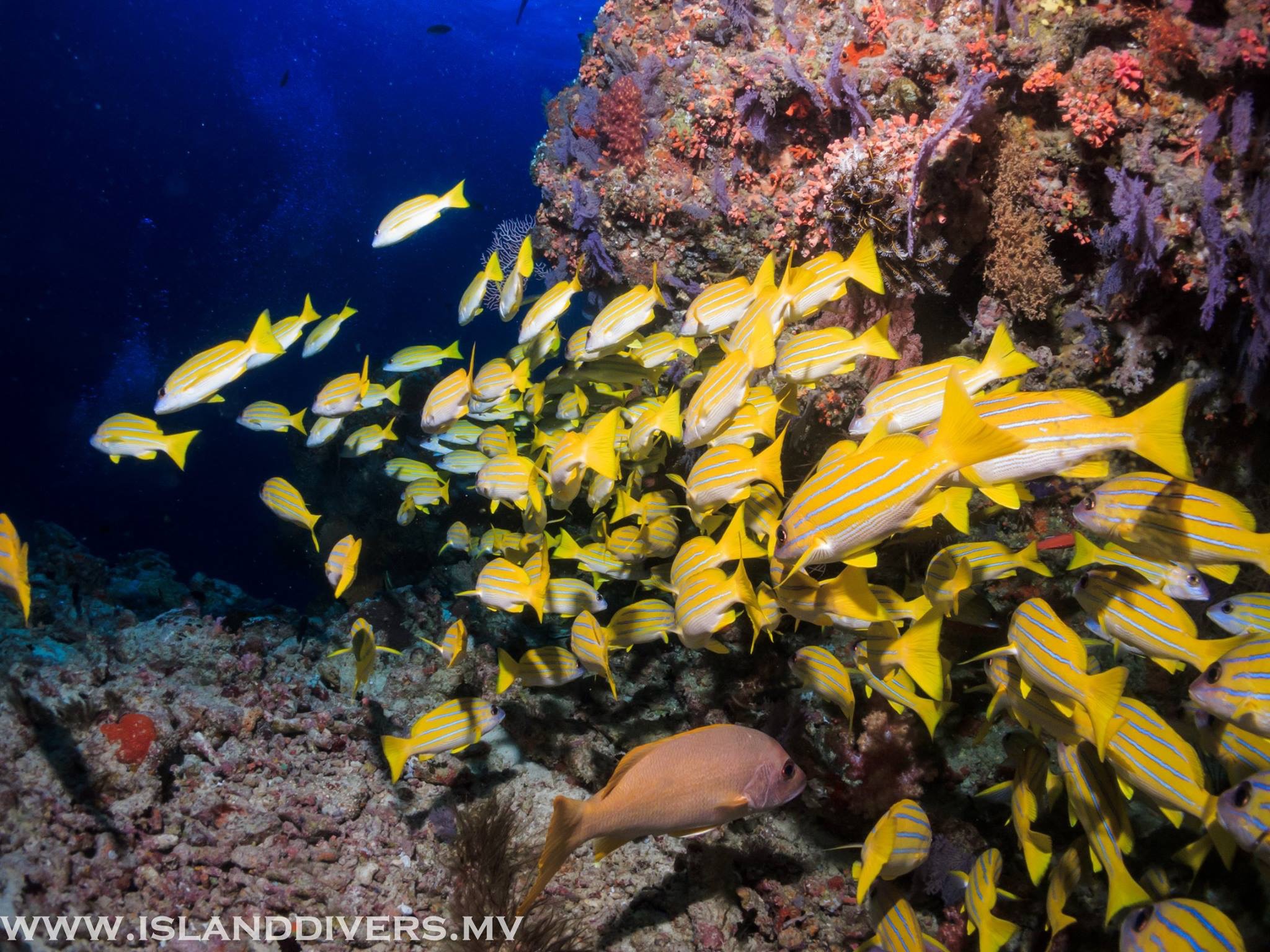
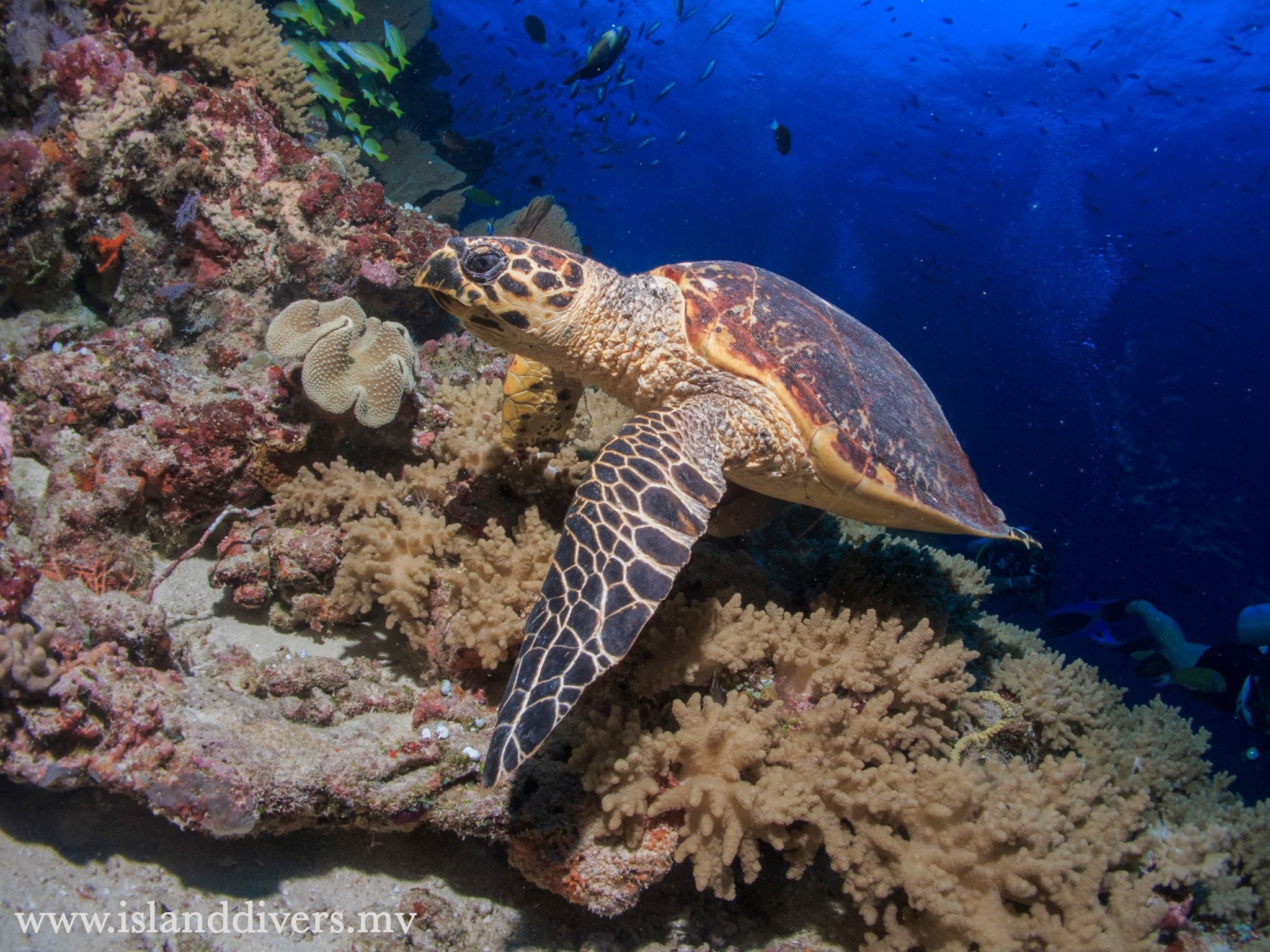





Leave a Reply